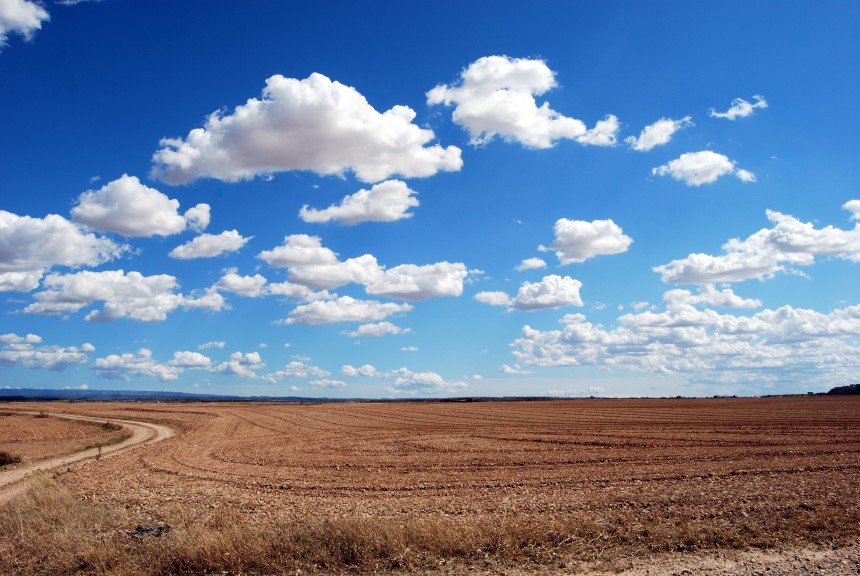Future Drought Fund’s first round of spending for farmers announced by Federal Government

The Federal Government has revealed how it will spend the first round of its $5 billion Future Drought Fund, designed to help farmers better prepare for dry times.
This round of money will assist farmers to become more financially savvy, while also funding better climate data information, research and development, and natural resource management.
Federal Agriculture and Drought Minister David Littleproud said the Government would allocate $20 million to help farmers develop and improve their business plans.
“But our job as a Government using Australian taxpayers’ money is to give our farmers the very best tools possible to make them even more profitable.”
The Future Drought Fund was first announced in 2018 and allows the government of the day to provide $100 million each year for preparedness and so-called resilience programs.
Mr Littleproud said “refining farmers’ financial literacy” would work together with a $10 million dollar investment in a new, online climate data service, tailored to farmers’ needs.
He said the digital platform would provide “regional specific climate data” to allow farmers to make “real time decisions that gets them ahead of drought rather than behind it”.
The announcement comes after a Government-appointed committee, headed by former National Farmers’ Federation president Brent Finlay, conducted a six-week tour of rural communities to find out how farmers wanted the Future Drought Fund spent.
“This is not about whittling away money,” Mr Littleproud said.
“We as Australian taxpayers have a proud record of having a safety net, and that’s what we provide to not only Australian farmers but to the individuals out there to have a safety net when things don’t go your way.”
But he also pointed out the Future Fund would ensure farmers came to rely less on taxpayer support.
“The Australian agriculture sector faces conditions that most other sectors don’t. But what we’re trying to do is say that that reliance on the Australian taxpayer, that safety net, will be less required into the future and that’s what these programs are designed to undertake.”
Farmers welcome climate data spend
Wool grower Oliver Kay, who farms at Bungarby in southern New South Wales, questioned whether money should be spent teaching farmers how to develop business plans.
“Farmers should be doing that themselves already, that’s just a no brainer,” he said.
“So there’s no excuse for any farm business not to have clear plans for the path based on what’s happened previously.”
But Mr Kay welcomed the investment in an online climate data information service, which would likely draw on information from the Bureau of Meteorology, the CSIRO, and the Department of Agriculture.
Another $20 million dollars will be spent on drought research and development, and $15 million on natural resource management.
That could include grants for individuals and farmer groups to improve their local landscapes by maintaining ground-cover and improving soils.
South Australian pastoralist Gillian Fennell said the Government had “done business plans to death” and would have preferred to see money spent on improving farm and town water infrastructure.
“There’s no amount of business planning that will help you get rain out of the sky and help you get water onto your crop or your cattle or sheep,” she said.
The National Farmers’ Federation, which worked closely with the Government to develop the Drought Future Fund, said it was pleased with the investment.
“For too long, as a country, we have been reactive towards drought,” NFF president Fiona Simson said in a statement.
“The activation of the Future Drought Fund is an important milestone in Australia’s approach to drought.”
“We are particularly pleased with the allocation of $20million for a national Farm Business Resilience Program.
“The NFF has been advocating for the rollout of this sort of program for sometime. It will give farmers key tools and insights to manage their financial risks.”
Originally published by the ABC, 1 July 2020.
